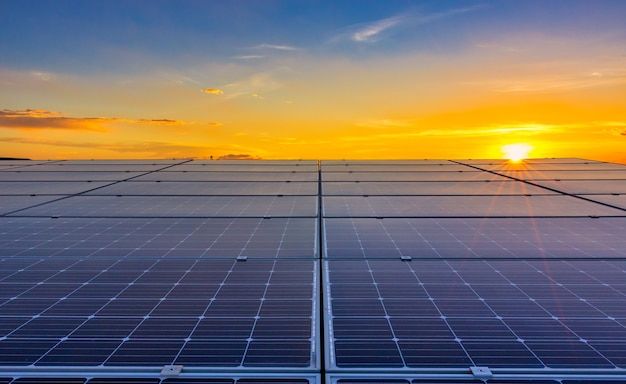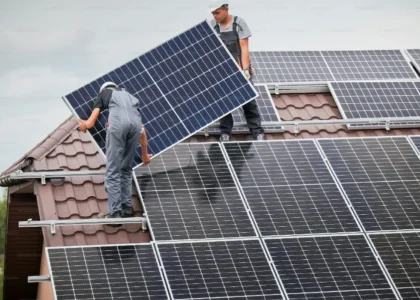What is a Ground-Mounted Solar System? Cost, Benefits, Types & Drawbacks
A ground-mounted solar system is a photovoltaic solar power plant that’s installed on open land instead of a rooftop. These systems use the photovoltaic effect to convert sunlight into usable electricity.
At PS Solar, we design and install customized solar solutions to meet diverse energy needs. Ground-mounted systems are typically used for large-scale or utility projects, while rooftops remain the most popular choice for homes, housing societies, and commercial buildings.
⚡ Types of Ground-Mounted Solar Installations
Ground-mount systems can be classified in multiple ways:
By Connection Type
On-Grid Solar Systems – Connected to the electricity grid, with net metering.
Off-Grid Solar Systems – Powered with batteries, independent of the grid.
Hybrid Solar Systems – Combination of both, with battery backup and grid support.
By Mounting Method
Standard Ground-Rack Systems – Panels mounted on low-lying racking structures across the ground area.
Pole-Mounted Systems – Panels supported on elevated poles, creating more clearance below.
By Movement / Tracking
Fixed-Tilt Systems – Panels installed at a fixed angle.
Single-Axis Trackers – Panels rotate in one direction to follow the sun’s path.
Dual-Axis Trackers – Panels move both horizontally and vertically, capturing maximum sunlight.
💰 Cost of Ground-Mounted Solar
Ground-mounted solar systems are usually 15–20% more expensive than rooftop systems. This is because:
Land must be cleared and leveled.
Strong foundations (concrete piles or structures) are required.
More steel and materials are used for ground racks.
Extra cabling, trenches, fencing, and security add costs.
Trackers, if installed, increase both cost and maintenance.






